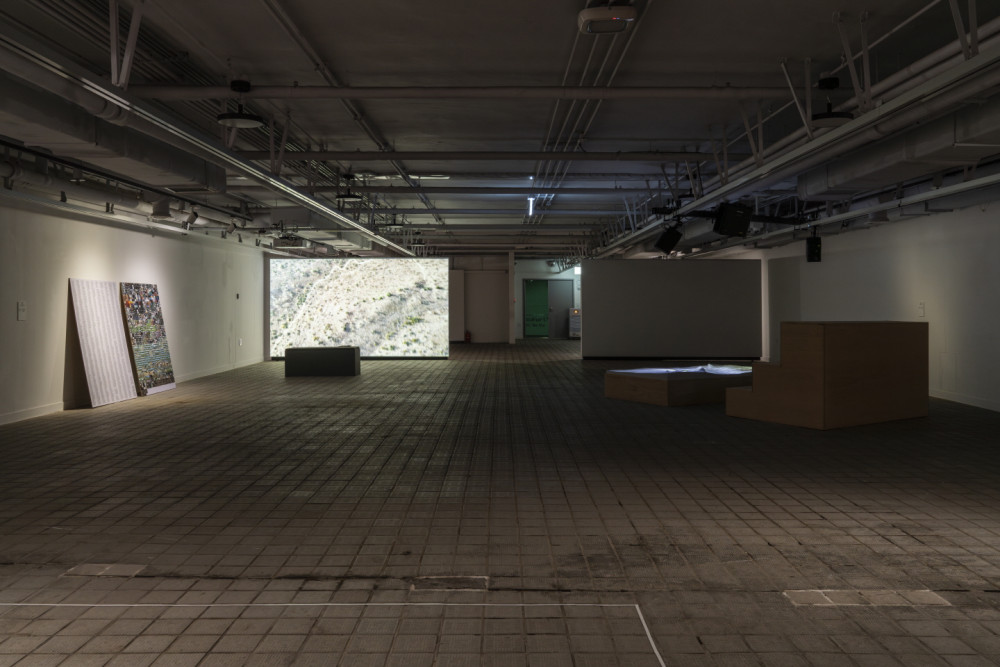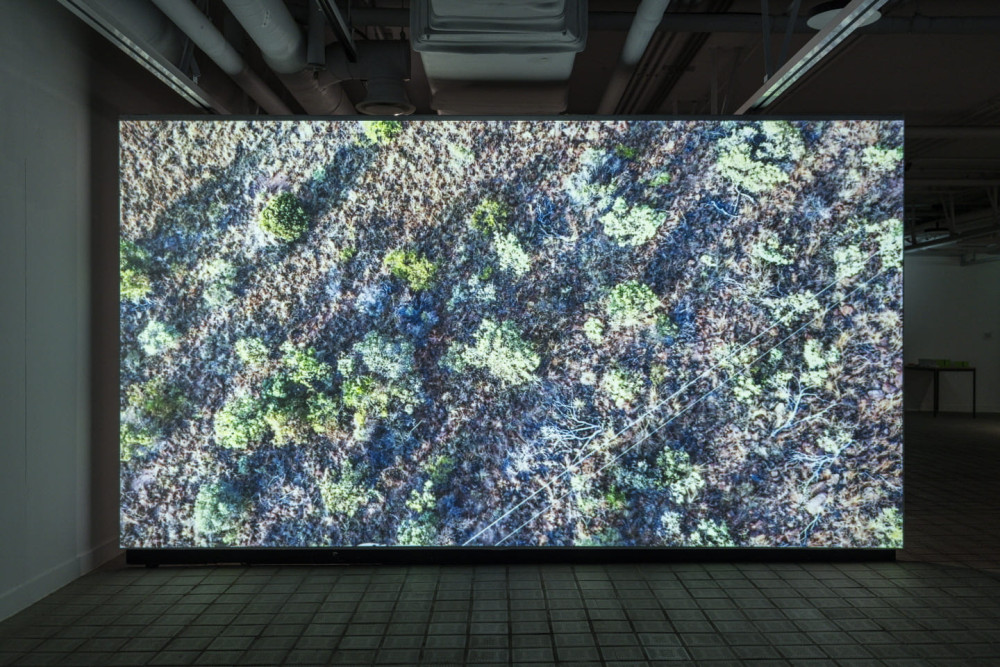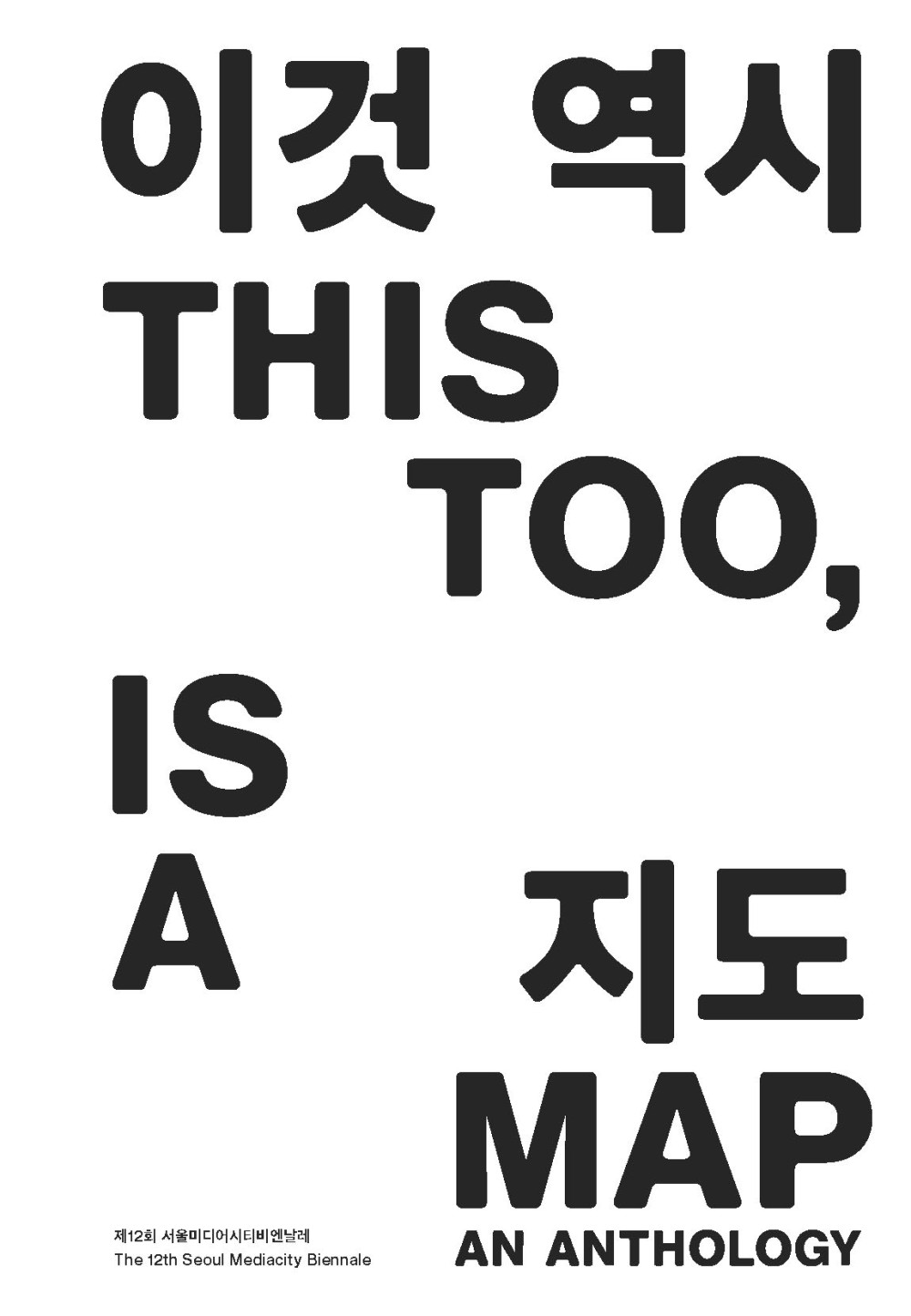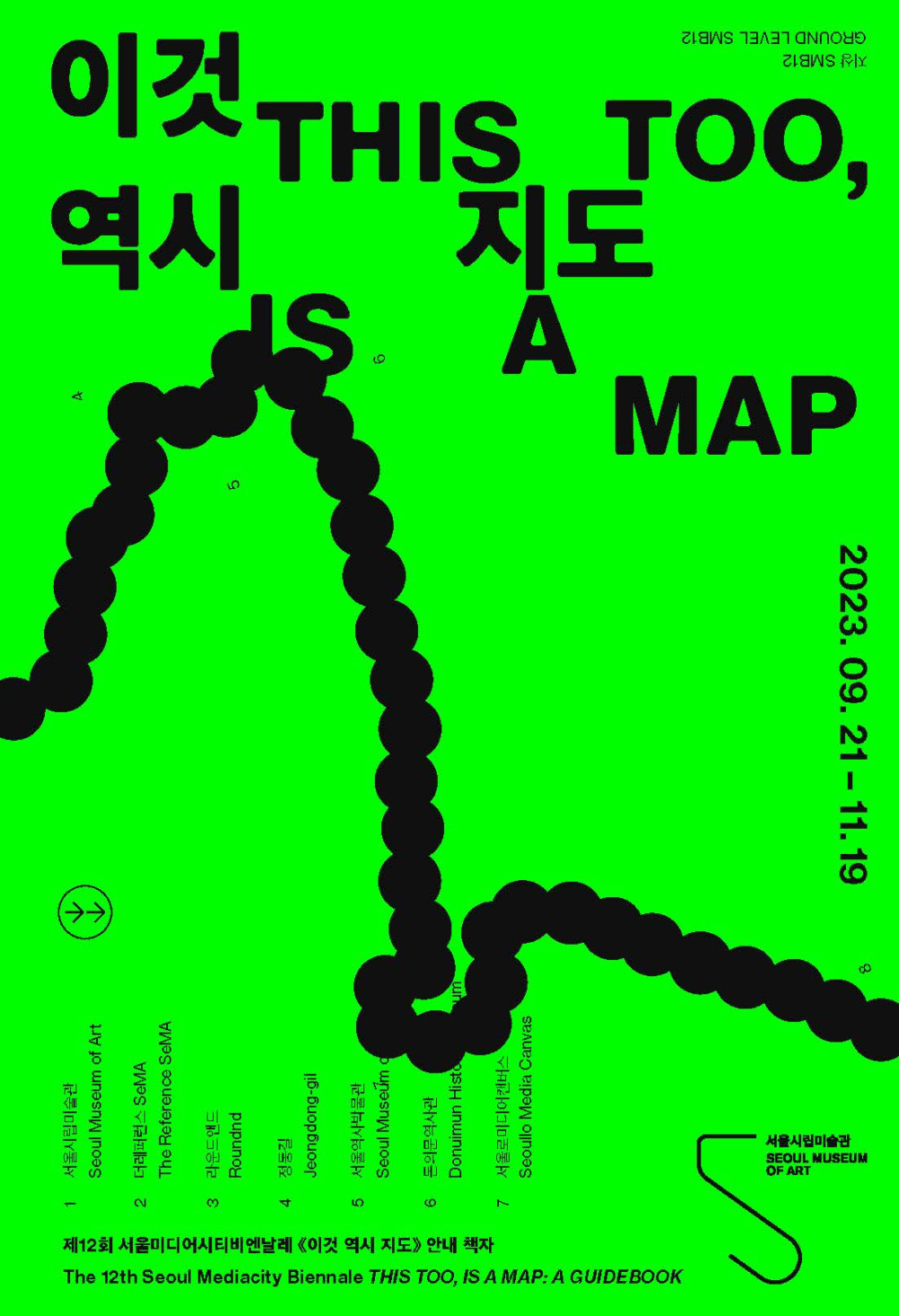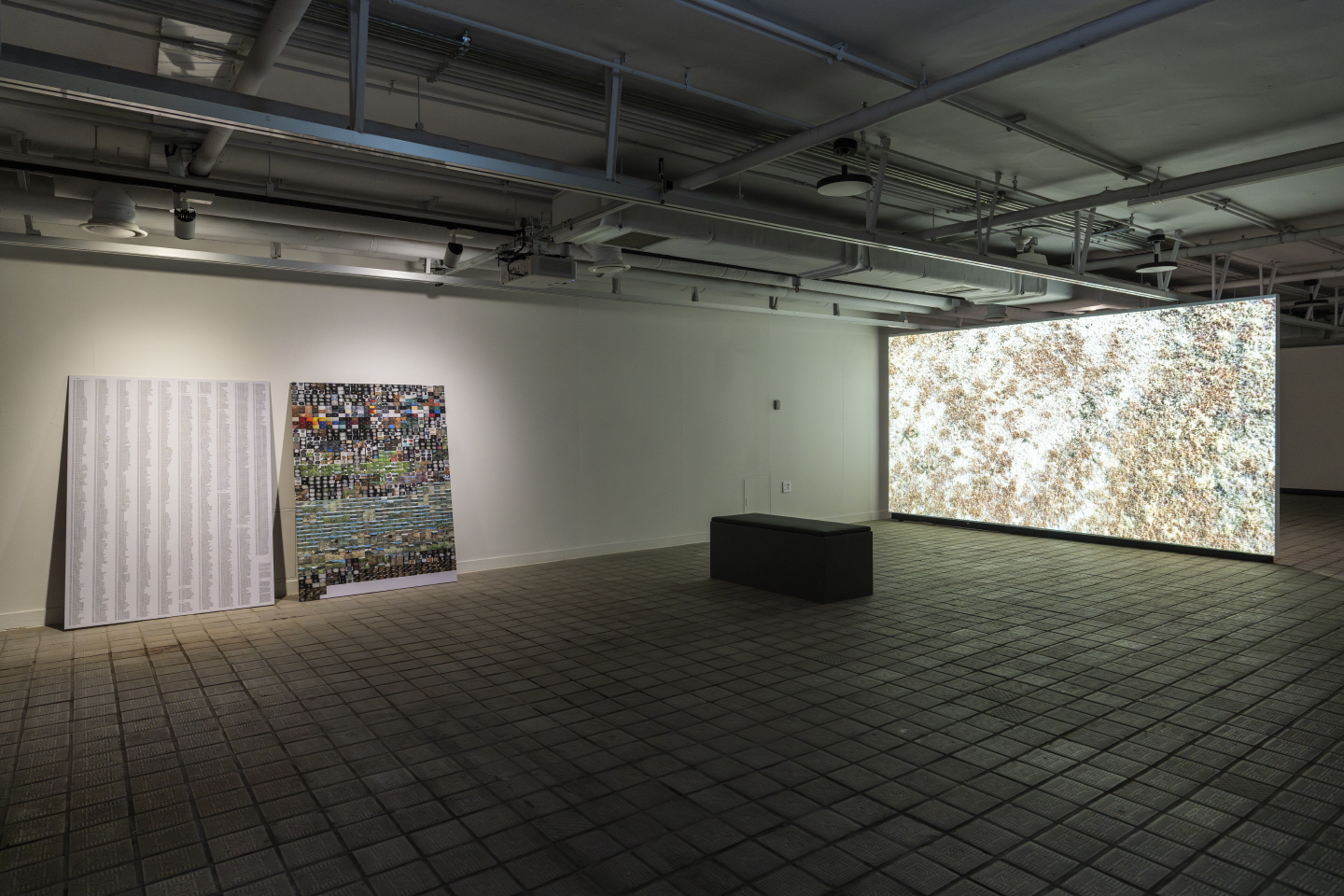
Femke Herregraven’s researchdriven practice explores the relationships between economic value, ecosystems, selforganization systems, and geological instability. Drawing on the impact of financial technologies and infrastructures that shape the ways in which we currently experience and relate to the world, Herregraven orients her artistic inquiry toward histories of geography, geopolitics, and the global financial system. The complex relations that she formulates also reveal the effects of an extractive and financialized conception of life, which she substantiates in the form of objects, sculptures, sound, and video installations created through intensive data collection, processing, and analysis, as well as developing alternative approaches to visualizing abstract information. I See What You Don’t See explores technologies used by financial markets to extract value from the earth’s surface without physically breaking ground. Shot in South Africa from a hotair balloon, the film scans the topography of the landscape as a means of conveying the scale of human vision that contrasts with telescopic images of Earth captured by satellites that are used to produce maps and indexes of materials, which then precipitate profitdriven exploitation of the land. The film’s poetic images are set to the slow rhythm of a human voice that lists materials, both obscuring and disassociating them from the financial systems they typically serve.

